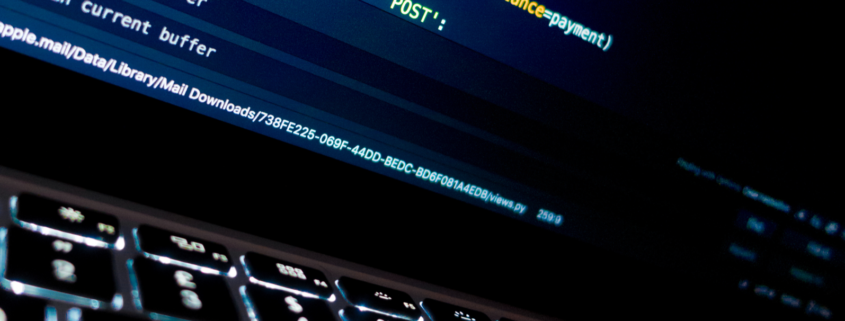5 tips for better application security
The world of IT security is dramatically changing, and CIOs and IT teams need to evolve just as rapidly if they want to keep their companies secure. There was a time, not long ago, when maintaining company security was as simple as a strong firewall, possibly a VPN, and focusing on avoiding external threats. Most applications ran on static servers and computers, so that was more than enough.
In the modern world of cloud-based applications, access by mobile devices, and distributed work forces, this simply isn’t enough. Yes, backing up your data and keeping your applications up to date are critical, but to really keep your company safe, you need to do more. You can no longer rely on one simple strategy to maintain the integrity of your company’s systems.
Utilize containers
Containers are just what they sound like; they enclose applications to provide additional protection from external threats. An attack must get through the container, and whatever protections the enclosed application has, to gain access.
Containers can also protect applications from one another. If an attack is successful on one application, the attacker doesn’t gain access to an entire system.
Least access
Implement least access policies. In security, this means that each user has only enough access to do their jobs, and absolutely no more. This means setting individu application security al user privileges for each application used, and educating employees on the importance of never sharing passwords or allowing someone else to use their access.
This minimizes the damage that can be done through a phishing attack, or by a disgruntled employee. Along with this, make sure that there is a process in place to remove access immediately when someone leaves the company.
External reviews and penetration tests
Don’t rely on your own knowledge to protect your applications, especially if you’re designing them yourself. Developers look over their own code so many times that it can become impossible to really see the bigger picture. Some people treat an external security review as a judgement on their abilities, but this is incorrect. Instead, work to make such reviews a core part of conducting business.
Also consider implementing third party penetration testing or “pentesting” to look for vulnerabilities that could be exploited by attackers to gain access to systems and information.
Consider out-sourcing non-critical functions
Companies often look at managed IT or outsourced IT functions as an all or nothing deal. For some companies, this is the best solution; for others, it may make more sense to outsource a few, less intensive protection tasks. For example, email and backups could be outsourced. This can free up developer time to focus on custom applications and device management, which could be more involved and need additional attention.
Keep up with what’s happening
One key detail of maintaining security for your applications is to stay aware of what threats are happening. There are several blogs and periodicals out there devoted to keeping small and medium sized businesses aware of what’s happening around them and of the threats they need to be prepared for. With this information, a business can develop plans and react quickly to new threats and changing developments on the securities front.
Another way to keep your company’s applications secure is to consider hiring a managed IT service company to prepare and maintain your network and applications for you. As professionals focused on security and technology, these companies are aware of the most recent threats and have the infrastructure necessary to respond with more agility than many companies, especially those with smaller staffs or without a dedicated deep IT department.
For more information on how GB Tech can help support your company’s IT needs, contact us today.























